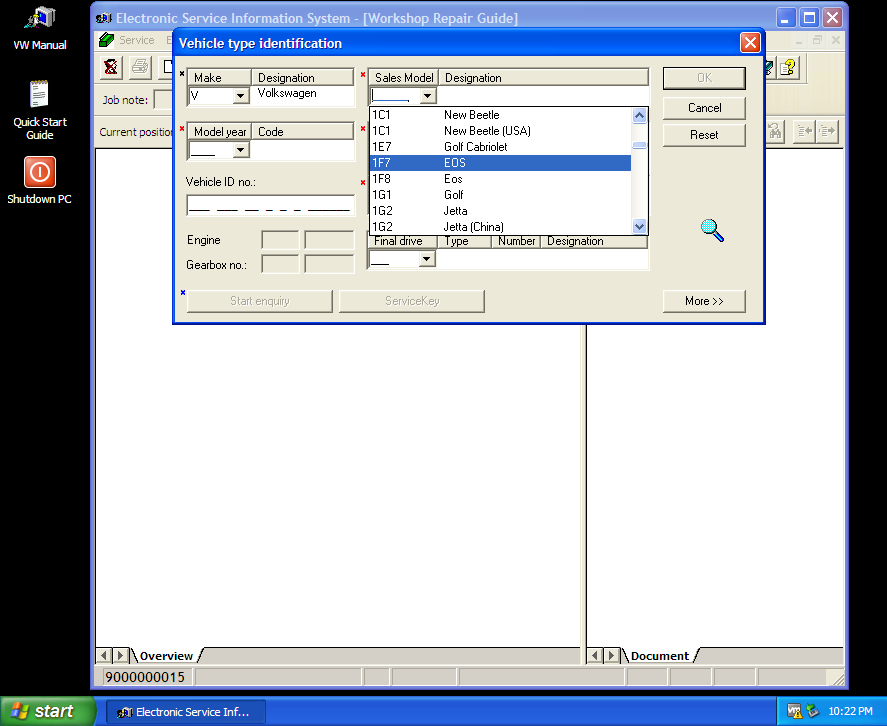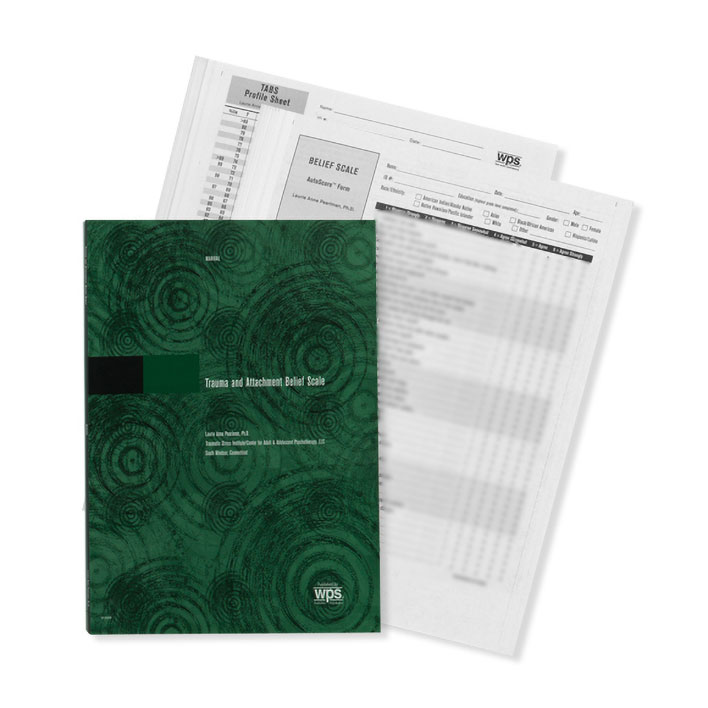- VW Cc Workshop Repair Manual Download, Workshop Manual, Repair Manual, Service Manual, Mechanics Manual, Covering All Aspects of Repair and Servicing. 1.8 L TSI 2.0 L TSI 3.6 L VR6 Engine Diesel: 2.0 L TDI Transmission 6-speed manual 6-speed automatic 6-speed DSG 7-speed DSG. CONTENTS: GENERAL ENGINE ENGINE LUBRICATION.
- Oct 28, 2014 Full test with performance numbers on VW's all-new 2015 Golf TSI with a manual transmission. Read the review and see photos of the new Golf at Car and Driver.
- The TSi 2 Livestock Manager is a tough and reliable product designed for use in typical livestock environments. Proper care and maintenance can extend its life. Listed below are guidelines for keeping the TSi 2 in good condition. Don't submerge the TSi 2 in any liquid. Store the TSi 2 in a cool, dry place. Avoid storing it in direct.


Type of Instrument
The Trauma Symptom Inventory (TSI) is a test containing 100items claiming to measure ‘posttraumatic stress and other psychologicalsequelae of traumatic events’. It was devised to be used in the assessment of‘acute and chronic traumatic symptomatology’, such as rape, physicalassault, spouse abuse, major accidents, combat trauma, natural disasters and theenduring effects of childhood abuse and early childhood trauma (Briere, 1995).
The TSI has 3 validity scales and 10 clinical scales thatassess a broad range of psychological symptoms including those related toPosttraumatic Stress Disorder (PTSD) and Acute Stress Disorder (ASD) plus intraand interpersonal difficulties associated with chronic psychological trauma. Thetest is self-administered and is intended for a fifth grade and above readinglevel (Briere 1995). Items are scored on a four point scale with 0 = Neverthrough to 3 = Often, and are rated in terms of frequency of occurrence over theprevious six months. Due to this time frame the TSI was ‘not intended togenerate a DSM IV PTSD diagnosis’. The TSI takes approximately 20 minutes tocomplete and around 15 minutes to score (Briere and Elliott, 1997).
Reliability
Table 1 lists the scales along with their internalreliability correlation coefficient for the standardised sample (N = 836), andthe number of items for each scale (Briere, 1995).
Table 1. Clinical scales & Mean alpha coefficients& number of test items for each scale.
Scales | alpha | Items |
Validity Scales: Response level (RL) Atypical Response (ATR) Inconsistent Response (INC) | .80 .75 .51 | 10* 10 20* |
Clinical Scales: Anxious Arousal (AA) Depression (D) Anger/Irritability (AI) Intrusive Experiences (IE) Defensive Avoidance (DA) Dissociation (DIS) Sexual Concerns (SC) Dysfunctional Sexual Behaviour (DSB) Impaired Self-Reference (ISR) Tension Reduction Behaviour (TRB) | .86 .91 .90 .89 .90 .82 .87 .85 .88 .74 | 8 8 9 8 8 9 9 9 9 8 |
(Source: Briere 1995) *RL = 5 independentitems & 5 combined *INC = 20 combined items
The Mean alpha correlation scores show a high reliability onall scales except for the INC validity scale.
Briere (1995), states that the mean intercorrelations of the10 clinical scales for the ‘TSI are internally consistent with Mean alphacoefficients’ of .86 for the standardised (N=836), .87 for the clinical(N=370), .84 for the university (N=279), and .85 for the military samples(N=3659).
